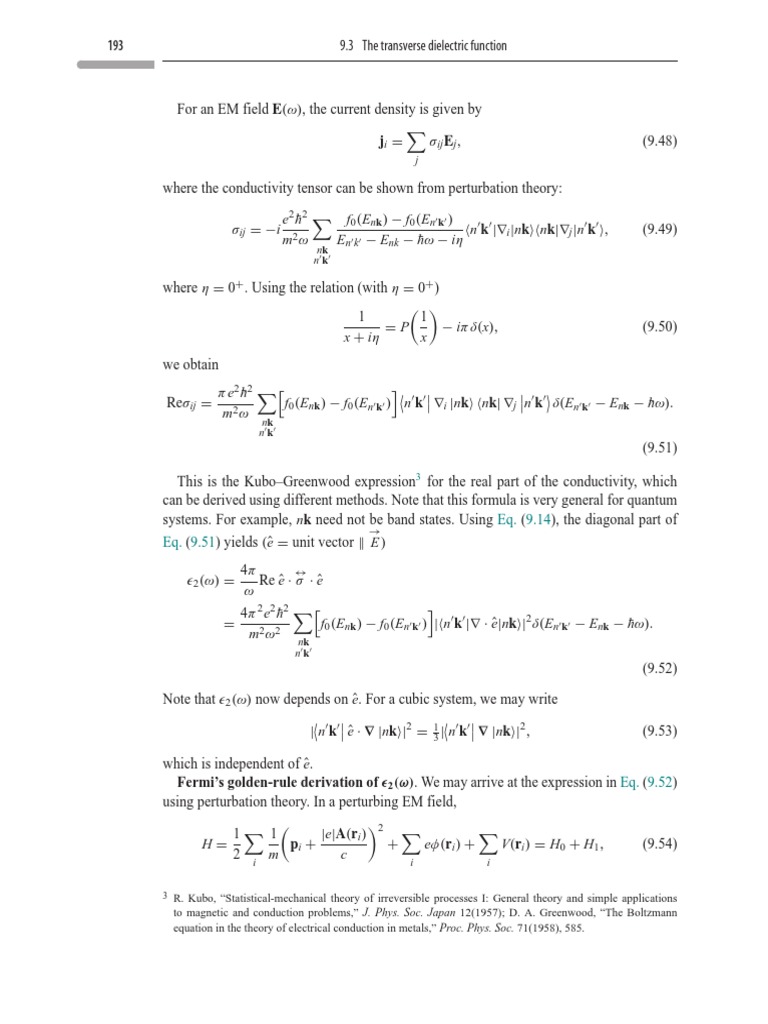Condensed matter physics stands as a colossal field within the realm of physics, addressing the myriad phenomena exhibited by solid and liquid matter. It intricately weaves together aspects of quantum mechanics, statistical mechanics, and materials science to elucidate the behavior of matter. For those unacquainted with the complexities of physics, the essence of condensed matter physics can be conveyed through various lenses, each revealing unique insights into its multifaceted nature.
At its core, condensed matter physics seeks to understand how matter behaves on an atomic and molecular level. This involves investigating the properties of various phases of matter—solids, liquids, and plasmas—and their transitions. One can think of this field as the scientific exploration of the building blocks of the universe, where scientists delve into the characteristics and interactions of atoms and molecules that give rise to the materials we encounter in our daily lives.
One of the most engaging areas within condensed matter physics is the study of solid-state phenomena. In this subfield, researchers examine crystalline structures, which are highly ordered arrangements of atoms. The behavior of electrons in these solids leads to fascinating effects like superconductivity, where materials exhibit zero electrical resistance at low temperatures. The underlying principles governing such phenomena are deeply rooted in quantum mechanics, making them both a rich ground for theoretical exploration and practical application, particularly in the development of advanced electronic devices.
Conversely, the exploration of liquid states of matter also falls under the purview of condensed matter physics. Liquids might appear straightforward, yet their molecular dynamics can be quite intricate. Phase transitions, such as the transformation from liquid to gas or solid, reveal much about the forces at play in a given substance. The study of critical phenomena during these transitions involves sophisticated mathematical modeling and simulation techniques, necessitating a profound understanding of thermodynamics and kinetics.
Beyond examining well-established states of matter, condensed matter physics also ventures into the realm of exotic states. These states, such as quark-gluon plasma, challenge conventional classifications of matter. The investigation of such phases often involves high-energy experiments, often conducted in particle accelerators. Here, the behaviors of matter at extreme conditions provide critical insights not only into the properties of materials but also into the fundamental forces that govern the universe itself.
Another intriguing area is magnetism, a property of materials often explored within condensed matter physics. Scientists examine ferromagnetic, paramagnetic, and antiferromagnetic materials, which differ based on how their atomic spins align. From everyday refrigerator magnets to advanced applications in data storage technologies, the principles underlying magnetism reveal a seamless blend of theoretical acumen and practical utility. Understanding these concepts can enlighten readers about the technological marvels that rely on such physical phenomena.
Furthermore, the interactions between light and matter manifest in phenomena such as optical properties. The way materials absorb, reflect, or emit light grants insights into their electronic structure. This field has propelled advancements in various applications, including the design of semiconductors and lasers, technologies that profoundly impact communications and computing. The principles governing photonic materials, including their band structures and electron transitions, are essential for the innovation of next-generation optoelectronic devices.
On another note, nanotechnology presents a contemporary frontier within condensed matter physics. By manipulating matter at the nanoscale—typically one to one hundred nanometers—scientists can create materials with unprecedented properties. The increased surface area-to-volume ratio and quantum effects at this scale lead to remarkable phenomena, such as enhanced strength, lighter weight, and altered electrical properties. Readers can appreciate how this intersection of condensed matter physics and nanotechnology is instrumental in developing advanced materials ranging from nanocomposites to energy-efficient nanotransistors.
For those interested in theoretical frameworks, condensed matter physics also employs a rich tapestry of sophisticated models and computational methods. The renormalization group techniques and quantum field theories are pivotal in elucidating complex interactions and phase transitions. These theoretical computations allow physicists to predict experimental outcomes with remarkable accuracy, thereby bridging the gap between theoretical predictions and experimental validations. The cerebration behind these models often necessitates a commitment to rigorous mathematics and abstract reasoning.
Moreover, the interdisciplinary nature of condensed matter physics connects it to various other fields, enriching both academic and industrial landscapes. Areas such as biophysics leverage principles from condensed matter physics to understand cellular components, while materials science utilizes these concepts to engineer new substances with desired properties. Such intersections enable collaborative advancements, driving forward innovations that span multiple domains.
In conclusion, condensed matter physics encompasses an expansive and dynamic field of study that underscores the intricacies of matter in its various forms. From exploring the fundamental interactions of particles to understanding complex phenomena and applications in technology, this discipline offers significant implications for both theoretical understanding and practical advancements. Engaging with the principles of condensed matter physics not only deepens one’s appreciation for the scientific foundations of the material world but also underscores the relevance of this field in contemporary challenges and innovations.












